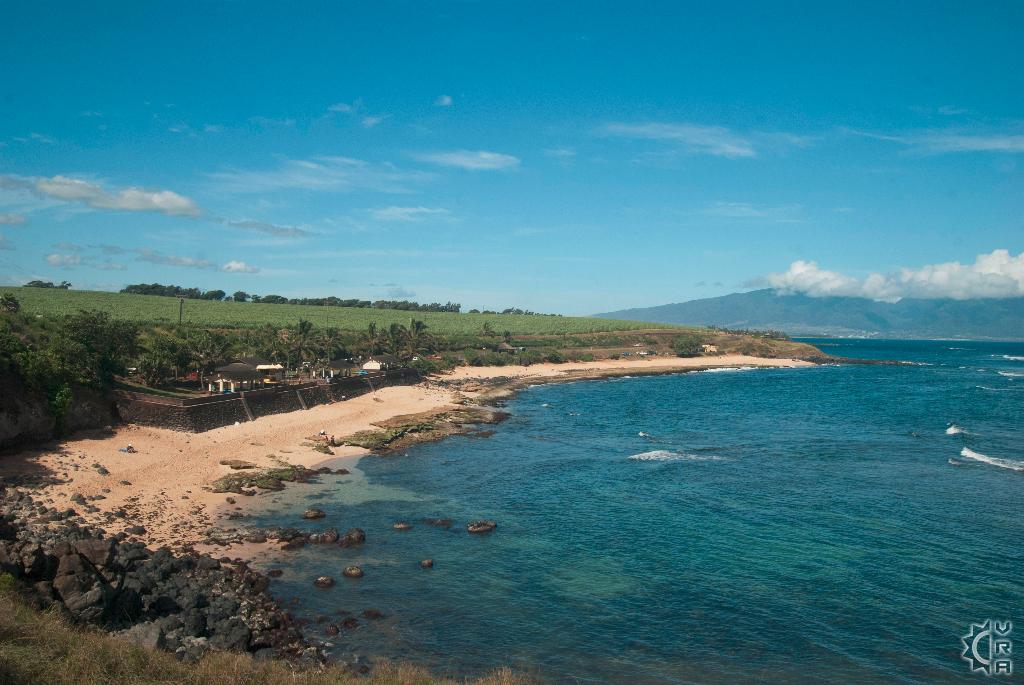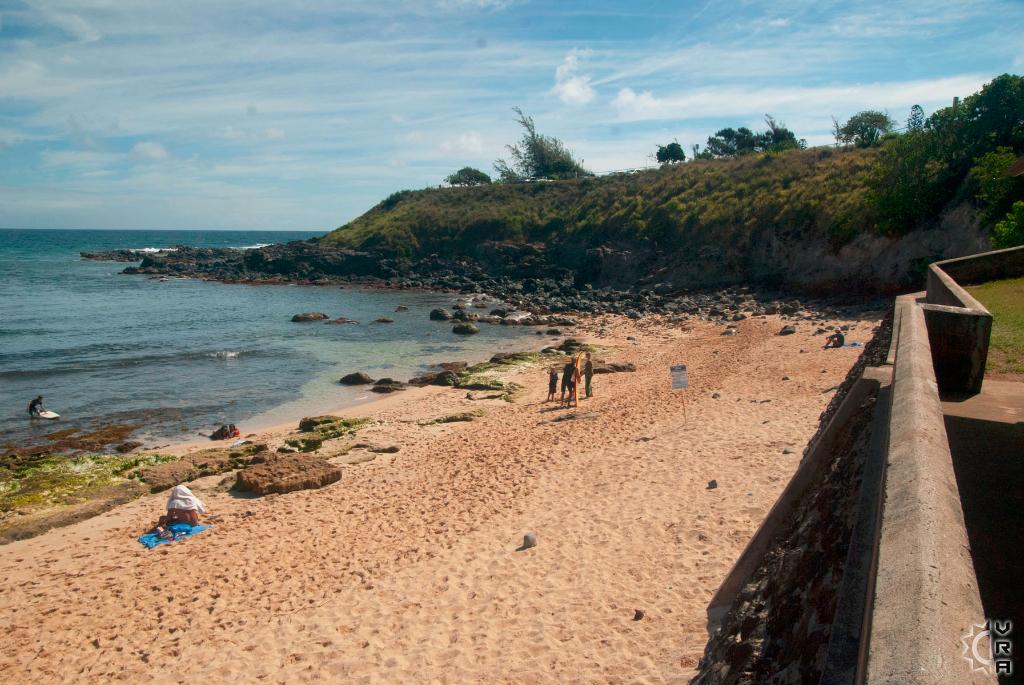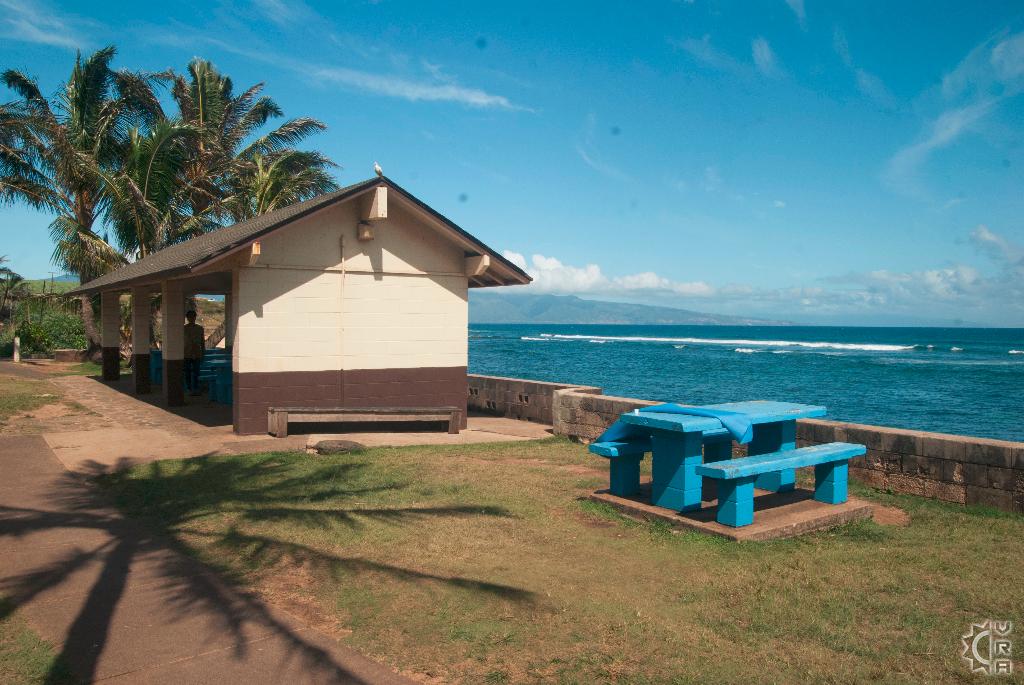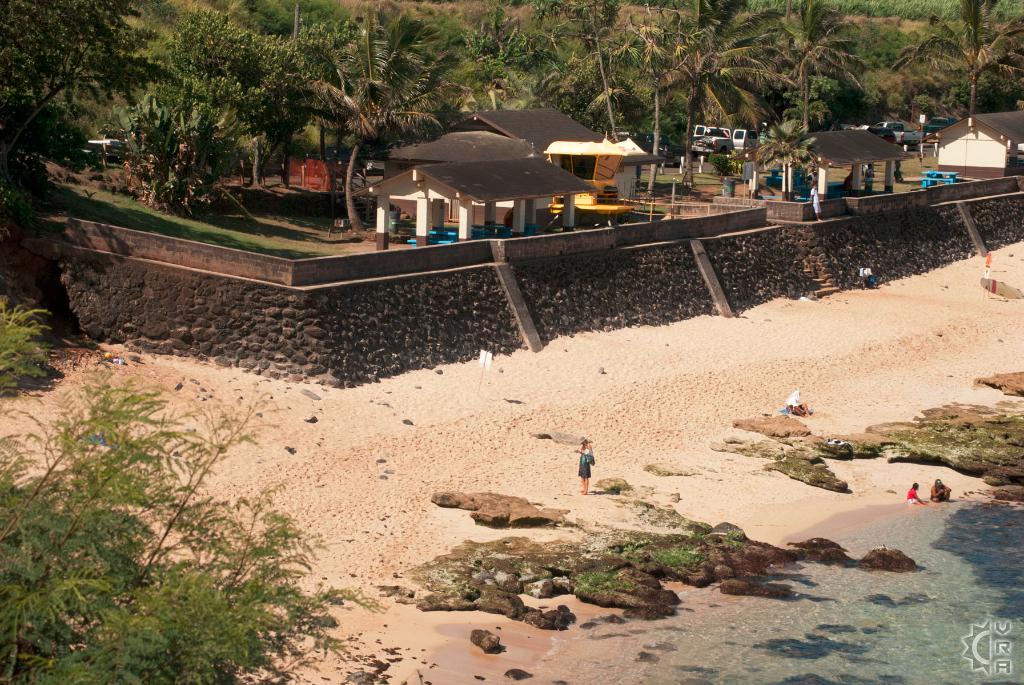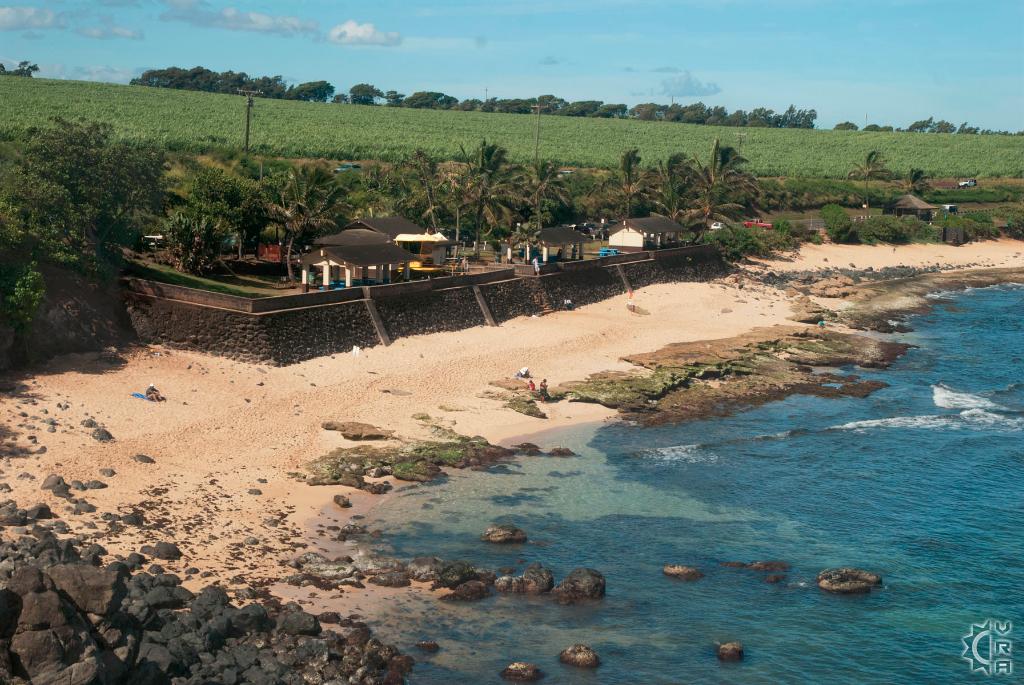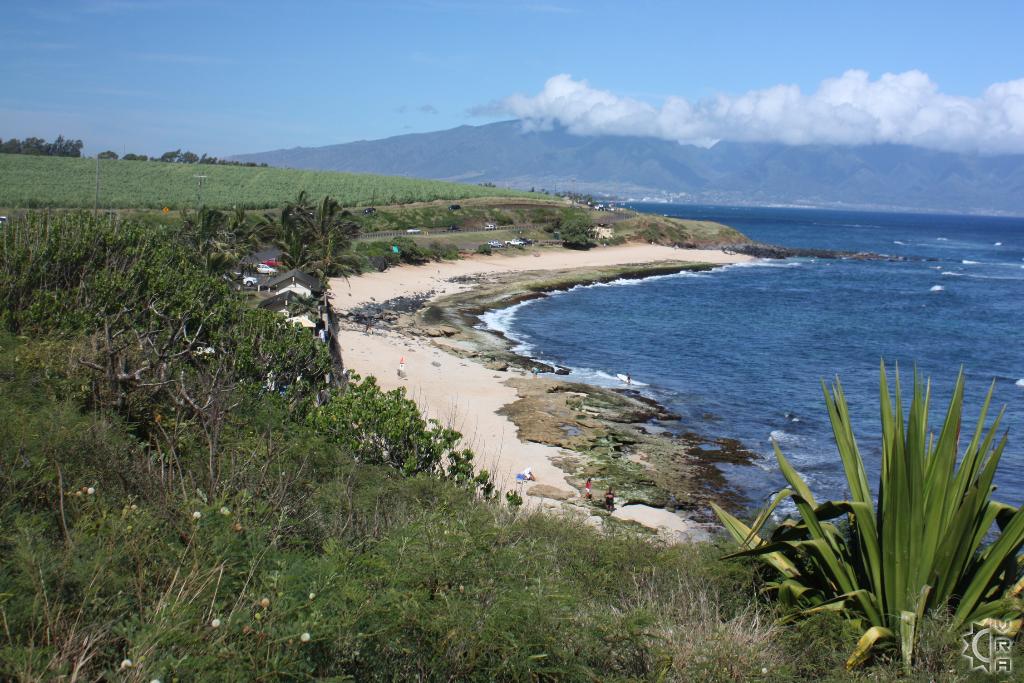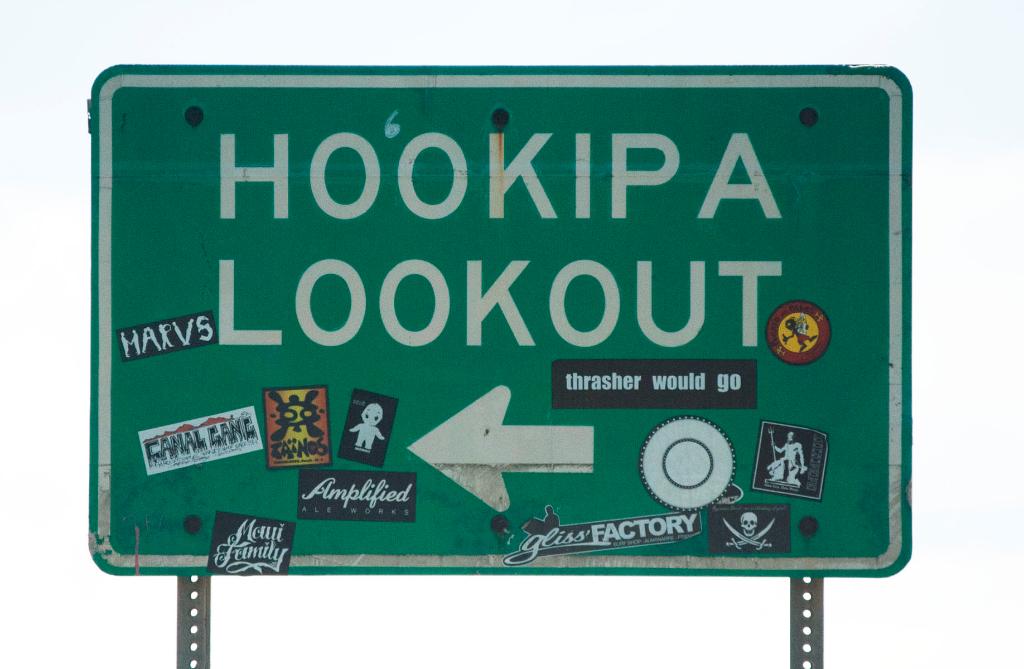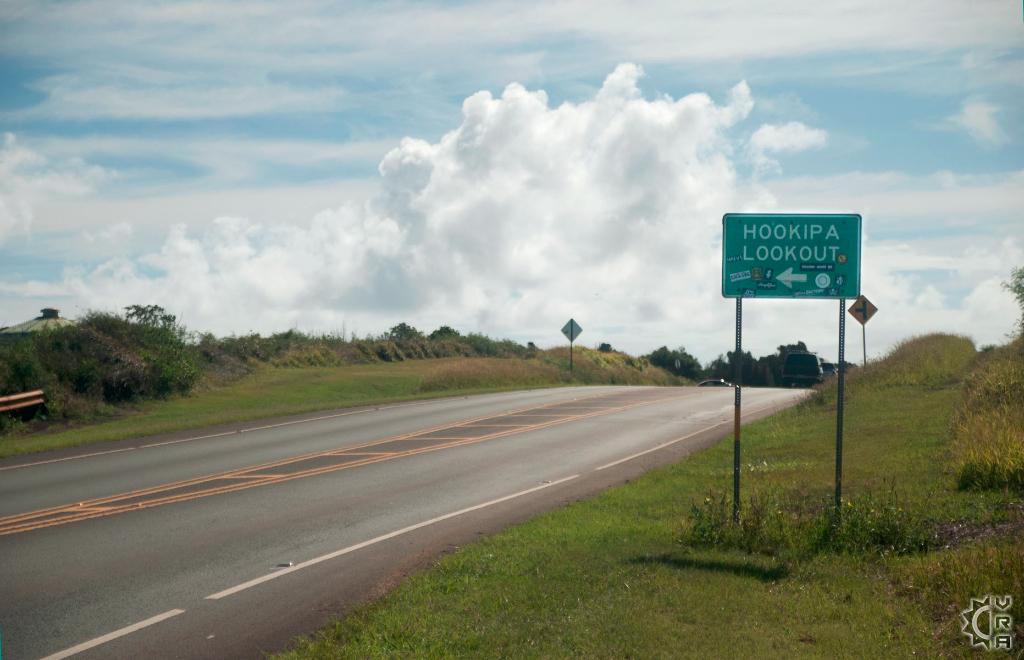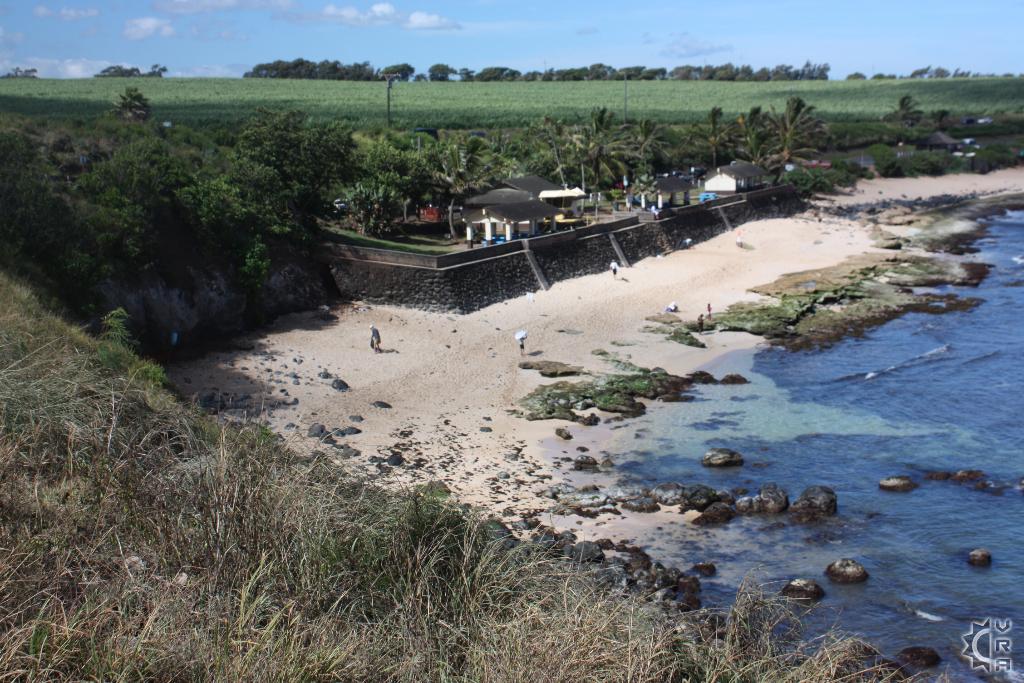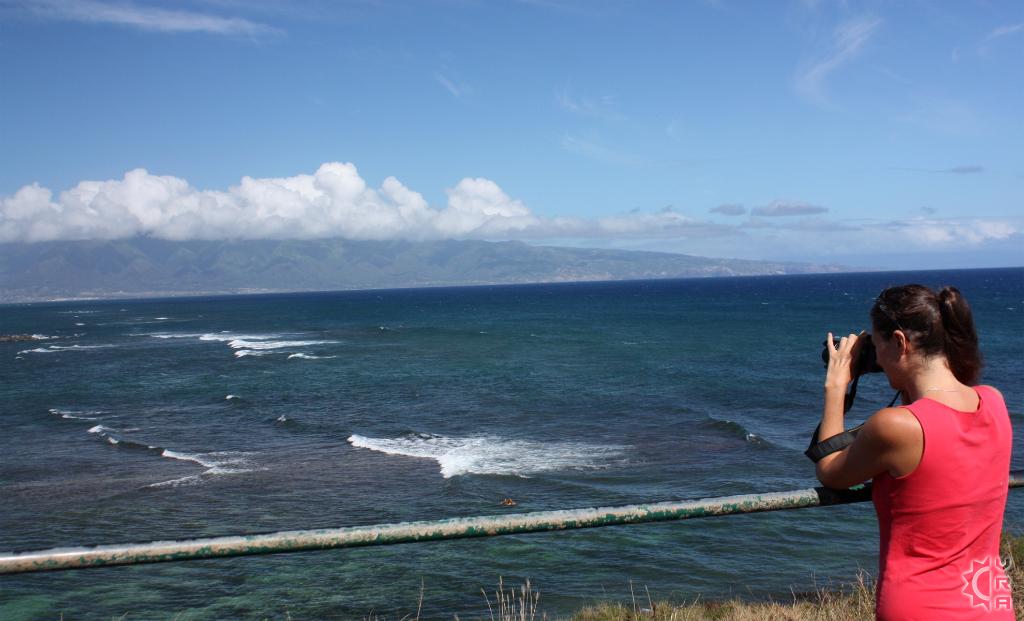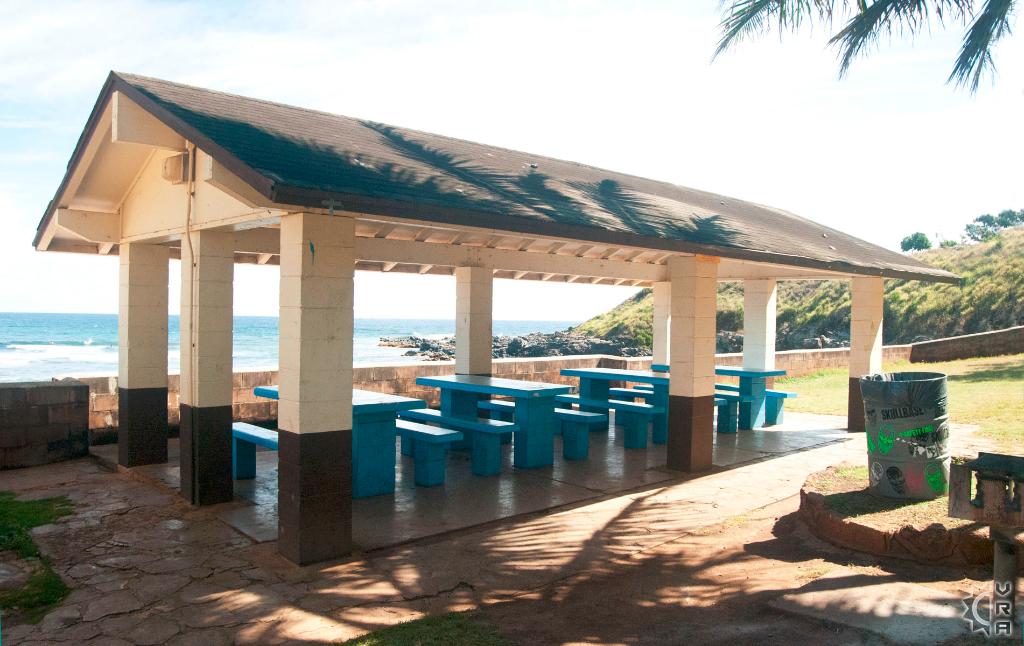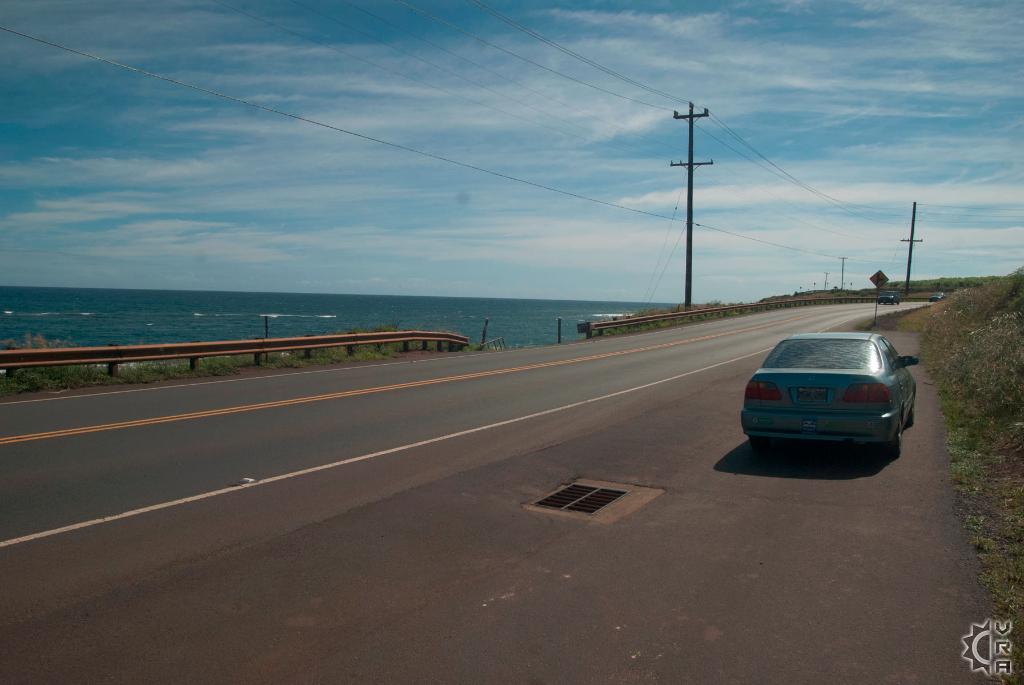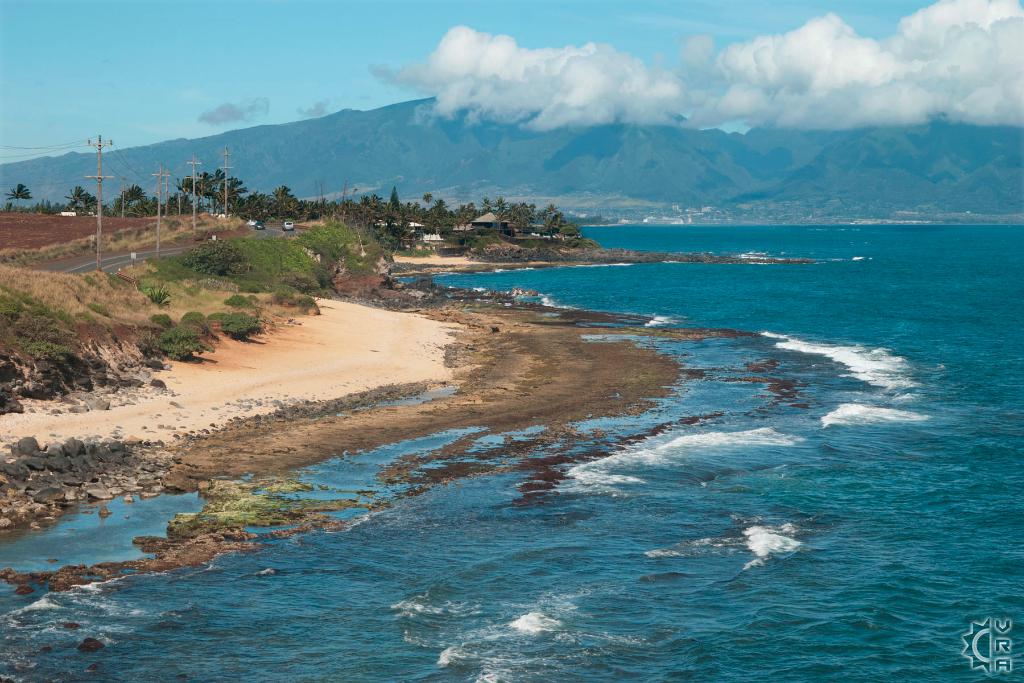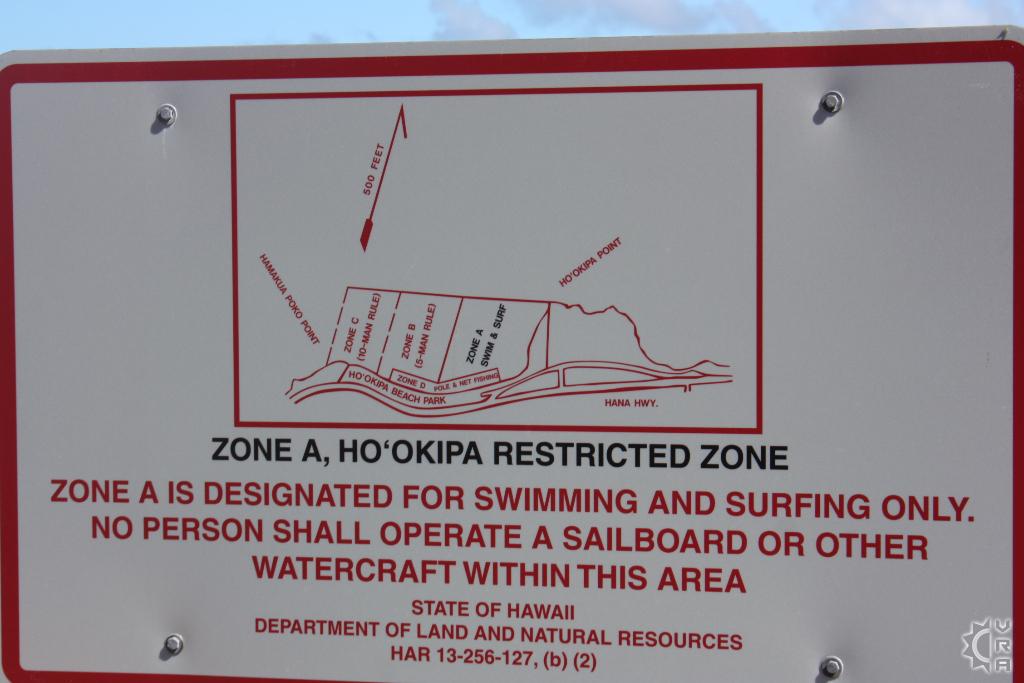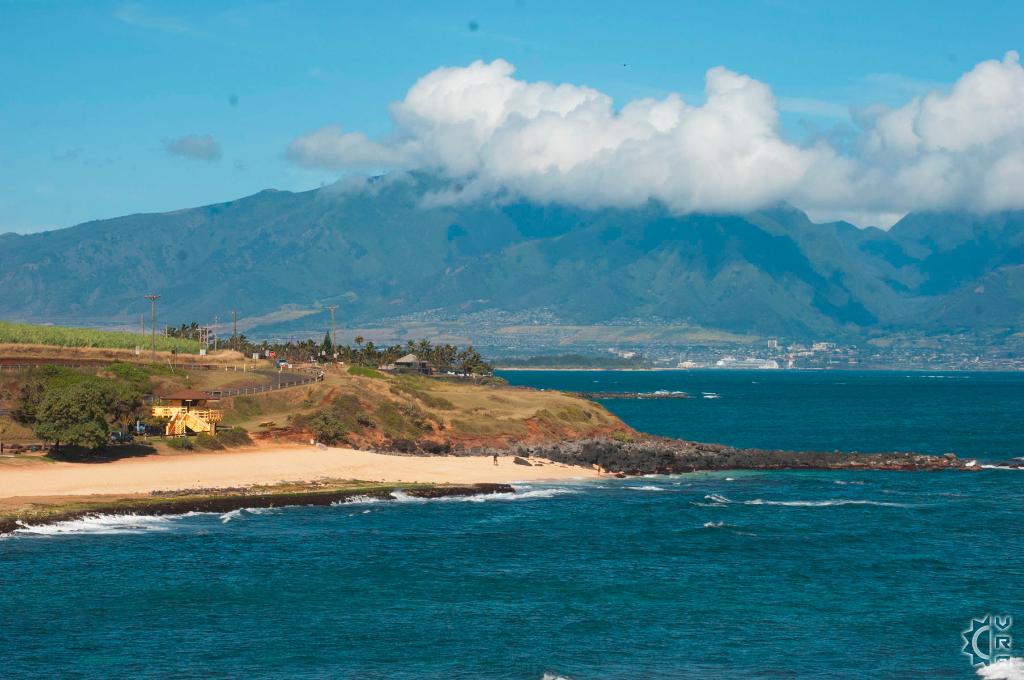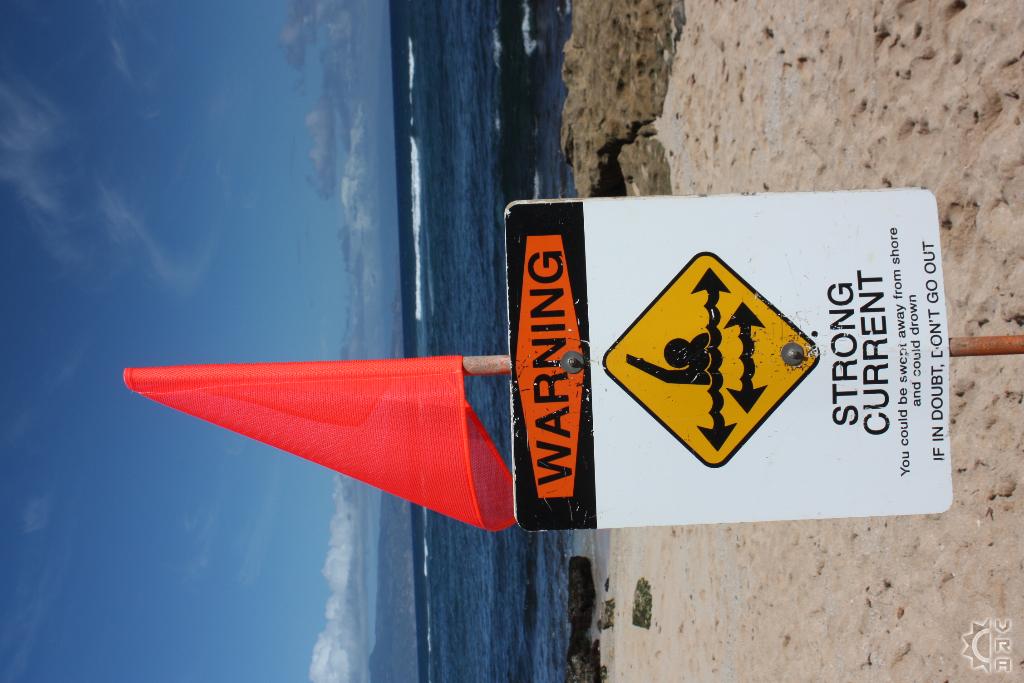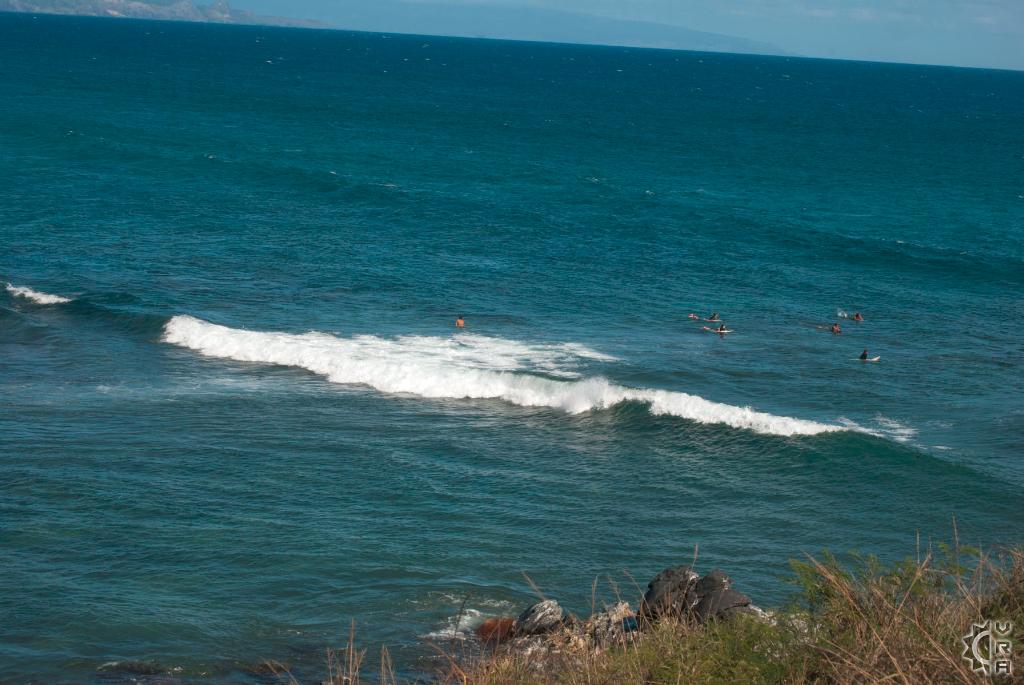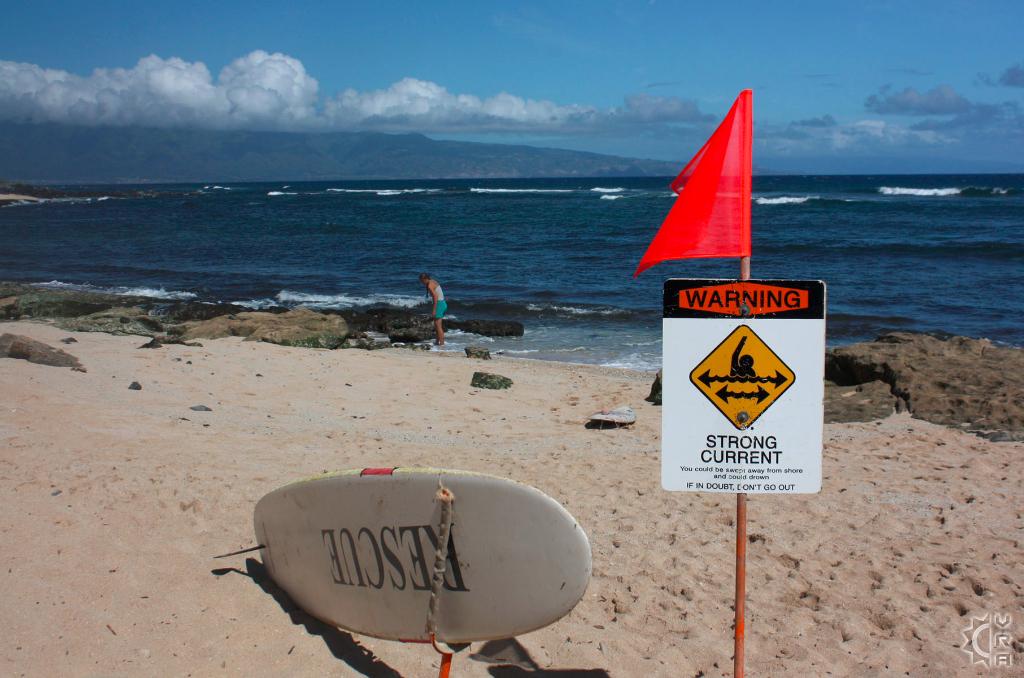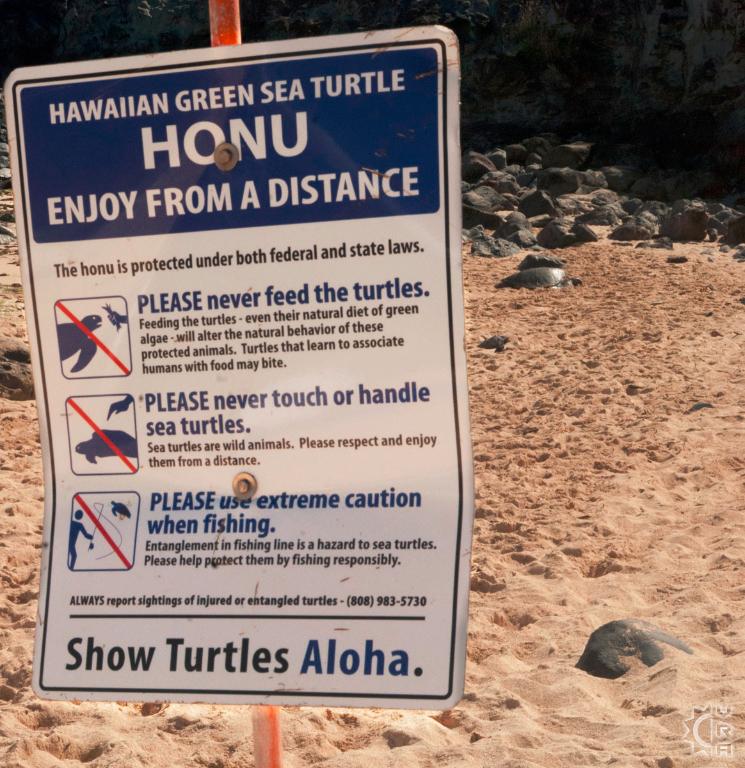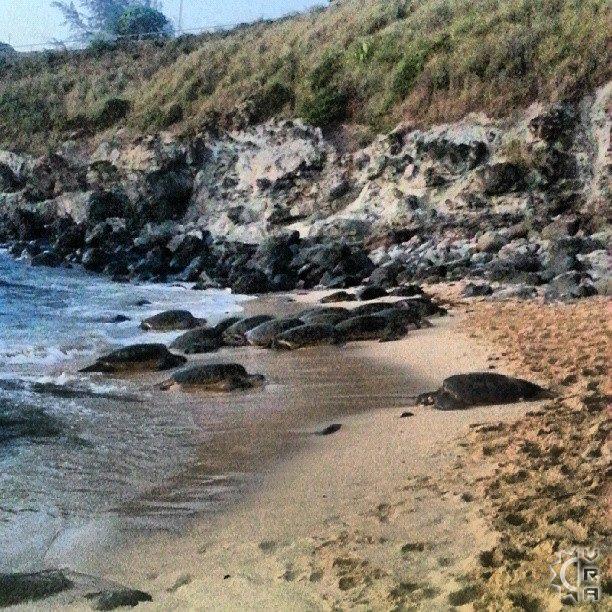Ho'okipa Beach
Description
Ho'okipa, which means "hospitality" in Hawaiian language, is the name of the beach park loaded with some of the best surfing that can be seen on the north shore of Maui. In fact, in the sport of wind surfing, this beach is world-renown as a place where several international contest have been held. Due to the strength of currents at this beach swimming is limited, and is not safe in winter or when there is a swell.
AT A GLANCE:
HIGHLIGHTS: Best surf-watching on the island, easily accessible and safe cliff-top viewing area. Sea turtles can be seen out on the beach as well as in the water. A great place to sunny oneself out of the wind.
LIFEGUARD: YES, they are are located at each end of the beach: 2 towers are operational 8am to 4 pm, 7 days a week.
WARNINGS!: There are reefs and rocks near shore and throughout the bay, strong currents, large unpredictable waves washing up on the shore.
AMENITIES: public showers, rest rooms, pavilions with picnic tables, BBQ, payphones and ADA accessibility.
Here is the county link for beach specifics:
http://www.co.maui.hi.us/Facilities/Facility/Details/Hookipa-Beach-Park-169
Directions: From town of Paia head east on Hana Highway (route 36) for 2.2 miles looking for the beach park on your left as your view of the ocean get close to the roadside. The entrance is at the far side of the park. Look for "Ho'okipa Lookout" sign on the right and then look for left turn about 20 yards past. A one-way road flows down the hill and through the park. For surf watching you may want to keep right in the park and stop at the first parking lot or viewing area.
For Best Surf watching:
The upper parking area on the right is a great vantage point for watching world-class surfing on stormier days, as well as beautiful sunset views. Surf break just below the cliff is called "the Pavilions", as it is in front of the picnic pavilions, and it is a surfing-only break. The middle surf break that goes off during bigger swells is called "Middles". Windsurfing and kite-boarding thrives at the far left western section of the park (adjacent to the far left lifeguard stand), also known as H'poko or the point. Wind surfers launch at the beach front directly in front of the far lifeguard tower,. Because of the long riggings of the kites, however, kite launching is prohibited at this site and kiters launch at the next bay to the west (left). Kite boarding is new to Ho'okipa and the point break must have less then 10 users for kiters to enter the line up. As anywhere else on Maui, wind sports are allowed from 11am to 4 pm. You might travel to the far exit road guard rail section and watch some of the wind surfing closer from a bluff in that area.
Parking by the beach:
This park is a gathering spot for local residents and has 3 picnic pavilions that can be used for barbecues and celebrations. For this reason the beach road entrance area will seem very congested, but usually more ample parking can be found further down the parking lot. Go slow through the parking area and you will receive plenty of "Aloha!"
Swimming and enjoying the beach:
The ocean conditions vary at the beach, and north swells in winter and throughout the year create rip currents, making this beach a very dangerous place to swim in rough weather. There are two bright yellow lifeguard towers at either end of the bay. Checking in with a lifeguard upon before getting in the water often ensures that you'll have the best experience. As one lifeguard said, they are in the business of keeping everyone safe!
Maui's North Shore is often windy, especially in the afternoons, but the eastern end of this beach below the pavilions is protected by the high cliffs and provides a great sun-bathing strip of sand with the occasional sea turtle beaching itself right in front of you. In calmer surf this is also a good place to take a dip to cool off. If in doubt, don't go out.
Surfing here is NOT recommended unless you are a very experienced surfer. The breaks are crowded, and conditions are usually not for the beginners. The waves are often larger and stronger than they appear from a distance of the beach.
Map


